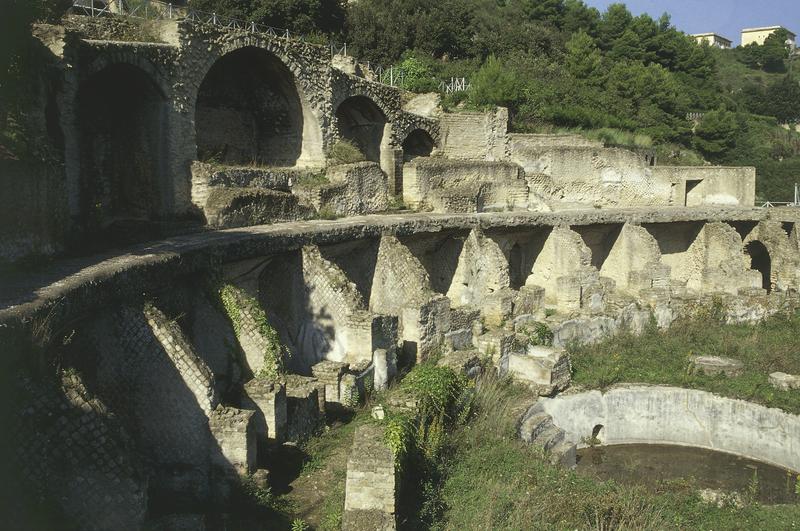The Ancient Sunken City of Baia, Italy
By | September 28, 2018

If these ruins from this once beautiful city could speak to us, what stories would they tell us about the inhabitants?
Baia, Italy was an ancient city of Rome that was on the shore of the Gulf of Naples. Now it is considered part of Bacoli in the region of Campania. From 100 BC to 500 AD, the extremely rich and elite were the ones who had built luxurious villas in this area and Baia was one of these resorts that stood for centuries. At one time, this resort was a place of self-indulgence and it was said to have been full of corruption.



Many Roman sculptures had been excavated including the Aphrodite of Baiae, which was before 1803. Important archaeological excavations that were done in 1941 included layers of buildings, thermal complexes and various villas from different ages like the Augustan age and the late Republication age.


There were a few temples in the city and these structures were dome-like in nature, which included the Temple of Mercury, the Temple of Diana and the Temple of Venus. The Temple of Diana was used for thermal baths as it was collecting vapors from the ground below which is now half-collapsed.

The Temple of Mercury has a 71 ft. dome, which is the largest in the world, constructed of large tuff blocks and has a central hole in the dome. It was and is used to enclose the cold pool of the public baths.



Having been a prominent resort city for so long, catering to the powerful Roman elite, the city was also famous for having healing hot springs that were medicinal. Because these springs were all around the city, it was easy to build spas over them. As beautiful as this underground city was, it did not last as the Saracens sacked it in the 8th century and by 1500, the only remains were abandoned. Once the place was abandoned, the water level rose because of volcanic action and drowned most of the ancient ruins. It still makes a beautiful underwater park where visitors can snorkel or scuba dive down into and/or even view from a glass-bottomed boat.

